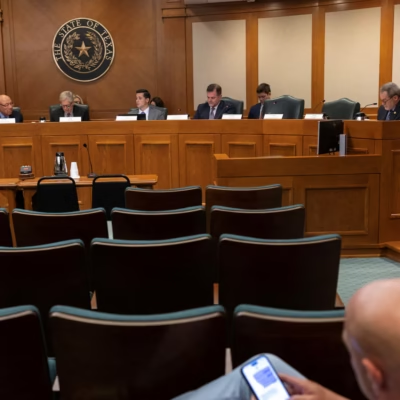The Pentagon has started removing transgender individuals from military service following a Supreme Court ruling that upheld the ban. This marks a significant shift in military policy, impacting thousands of transgender service members across the United States. As the government enforces the ban, questions about fairness, human rights, and the future of transgender people in the military continue to rise.
The Supreme Court Ruling and Its Implications
In January 2025, the U.S. Supreme Court ruled in favor of enforcing a policy that bans transgender individuals from serving in the military. This decision overturned previous rulings that had allowed transgender people to join and serve openly in the armed forces. The ruling came as a significant blow to advocates of transgender rights, who argued that the military should be inclusive and provide equal opportunities regardless of gender identity.

The ruling’s enforcement has led the Pentagon to implement the policy changes, which began immediately after the Supreme Court’s decision. This has resulted in transgender personnel being discharged or reassigned, and the Pentagon is now in the process of removing those who do not meet the new regulations.
The Process of Removing Transgender Personnel
Following the Supreme Court ruling, the Pentagon has started a detailed process to identify and remove transgender individuals who are currently serving. This involves assessing the medical status and gender identity of service members, as well as ensuring that personnel meet the new criteria for military service. For many, this process is not only emotionally challenging but also a violation of their rights.
The Pentagon’s decision to enforce the ban has faced widespread criticism from LGBTQ+ advocates, military leaders, and political figures who argue that this move harms national security. Many believe that the policy could create division within the military and lead to the loss of valuable service members who have proven their capabilities on the frontlines.
The Impact on Transgender Military Members
For the transgender community in the military, this ban has created an uncertain and difficult future. Transgender individuals who are already serving are now faced with the possibility of being removed from service or forced to transition to a status that does not align with their gender identity. This has raised concerns about the mental and emotional well-being of those affected.

Supporters of the ban argue that military readiness and cohesion are paramount, and the policy change is necessary to maintain a focus on service members’ roles in combat. However, detractors believe the ban is discriminatory and undermines the military’s commitment to diversity, equity, and inclusion.
One service member, who has asked to remain anonymous for safety reasons, shared, “This decision feels like a step backward. I joined the military with the dream of serving my country, and now, because of my gender identity, I am being told that I don’t belong. This policy not only affects me but also impacts my comrades who value diversity and inclusion.”
Legal and Political Responses to the Ban
The enforcement of the transgender military ban has sparked a political debate across the nation. Many Democratic lawmakers and LGBTQ+ advocates are vocal in their opposition to the policy, stating that the ruling is discriminatory and counterproductive. Several legal challenges have been filed in lower courts, seeking to reverse the policy.
In contrast, many conservative politicians and groups argue that the policy is necessary to preserve military readiness. They emphasize that military service should be based on physical and psychological qualifications, rather than individual gender identities. These political divisions have fueled ongoing debates about the future of transgender rights in the U.S.
What’s Next for Transgender Military Personnel?
The future for transgender military personnel remains uncertain. The Pentagon’s enforcement of the ban could lead to more legal battles, as well as calls for federal legislation to protect the rights of transgender individuals in the military. Some lawmakers have already begun drafting bills that would reinstate the ability of transgender people to serve in the armed forces.
For now, transgender service members must navigate a complex and challenging reality, with their futures in the military in question. Many are looking for opportunities to advocate for their rights and bring attention to the impact of the ban on their lives. However, as legal challenges to the policy continue, it is unclear whether the transgender military ban will remain in effect or be reversed.
Transgender Service Members and the Fight for Equality
Despite the setbacks caused by the ban, transgender individuals in the military are not giving up their fight for equality. Military service has long been a symbol of pride and patriotism in the U.S., and many transgender personnel continue to believe in the importance of serving their country, regardless of the challenges they face.
Organizations like the American Civil Liberties Union (ACLU) and the Human Rights Campaign (HRC) are actively working to challenge the ban and support transgender service members. These groups argue that policies like this one do not reflect the values of fairness and equality that America stands for.
Conclusion
The enforcement of the transgender military ban marks a pivotal moment in the ongoing struggle for transgender rights in the United States. While the ruling has sparked a great deal of controversy and debate, the question of whether transgender individuals can serve in the military remains a powerful symbol of the larger fight for equal rights and social justice.
As the legal battle continues, many hope that future changes will ensure that transgender individuals are able to serve their country with dignity and respect, just like their cisgender counterparts. The fight is far from over, and it remains to be seen how the Pentagon and lawmakers will navigate the complexities of this issue moving forward.
Also Read – US Exits WHO: Health Future at Risk?






